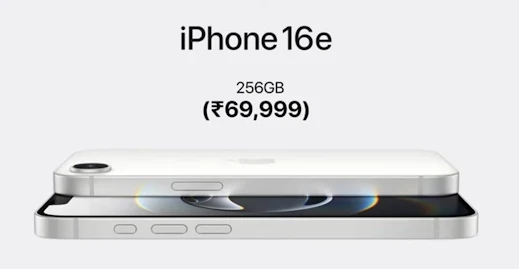Apple’s
recent introduction of the iPhone 16e has sparked discussions among consumers
and analysts, particularly regarding the device’s omission of MagSafe
technology. Initial speculation suggested that Apple's decision to exclude
MagSafe might be linked to potential interference with its newly developed C1
modem. However, the company has officially refuted these claims, emphasizing
that the C1 modem played no role in the decision to remove MagSafe from the
iPhone 16e.(Apple Explains iPhone 16e’s MagSafe Removal, Denying C1 Modem Involvement)
Cost Considerations Likely Behind MagSafe Removal
The absence of MagSafe in the iPhone 16e has fueled various theories, with some suggesting that the integrated magnets required for MagSafe charging might interfere with the functionality of the C1 modem. Apple has firmly dismissed these assumptions, confirming that the decision to remove MagSafe was not influenced by the modem’s design or operation.
A
more plausible reason for MagSafe’s exclusion appears to be cost management. By
omitting this feature, Apple is able to position the iPhone 16e at a more
accessible price point, making it an attractive option for budget-conscious
consumers. This aligns with Apple’s broader strategy of maintaining a balance
between premium branding and affordability, particularly in price-sensitive markets.
Despite
lacking MagSafe, the iPhone 16e includes several notable enhancements. It
features a 6.1-inch OLED display, is powered by the A18 chipset alongside 8GB
of RAM, and boasts a 48-megapixel primary camera. The device also introduces an
Action Button, allowing users to customize various functions for convenience.
Additionally, it supports satellite connectivity, further enhancing
communication capabilities in remote areas.
For
wireless charging, users will need to rely on standard Qi chargers, with
charging speeds limited to 7.5W—significantly slower than the 25W speeds
offered by MagSafe-compatible iPhones.
While
MagSafe is absent from the iPhone 16e, Apple’s clarification suggests that this
decision was driven by strategic cost considerations rather than hardware
constraints. As Apple continues to refine its in-house components, including
the C1 modem, future iterations of the iPhone may see the return of MagSafe,
especially if production efficiencies allow for its reintegration without
compromising affordability.



.jpeg)



.jpeg)



0 Comments